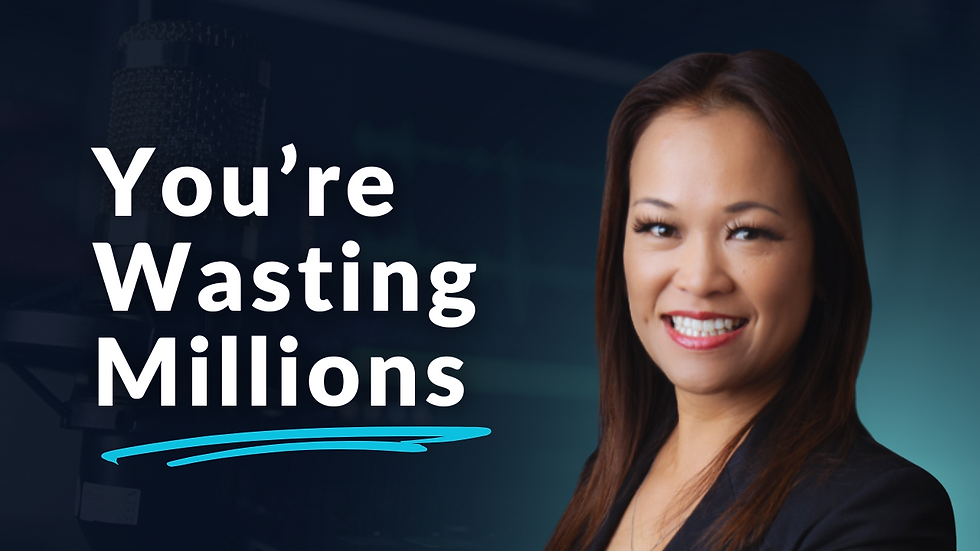1-2-1 MindSpeaking: [Video] Data frustration & the 3 C's
- Gilbert Eijkelenboom

- Sep 18, 2023
- 3 min read
In this month's edition, you will find:
1 Tip for Data & Analytics to overcome a common mistake when presenting insights, ideas, or recommendations.
2 MindSpeaking Podcast episodes on public speaking, understanding business goals, being productive without burning out, and becoming a more energetic presenter.
1 Quote about how the success of your presentation will be judged.
1 tip for Data & Analytics
I liked working as a Data Analyst.
But some interactions with stakeholders...
Made me pull my hair out.
Here's a 40-second video of my biggest frustration. Can you relate?
Click below to watch the video.
(But don't forget to come back here for the practical tip)
Done watching?
The stakeholder's behavior might be frustrating.
But I'm the one making the biggest mistake.
Because I start working on the dashboard, without knowing exactly what the goal of the stakeholder is.
Without pushing back and saying that you only start the work when you know how it will contribute to the business goals.
When people ask you for a new dashboard, report, or model...
Don't rush into problem-solving.
Instead, use the 3 C's:
Connection
Curiosity
Clarity
Note: this tip is a bit long. But I want to make sure it's practical instead of general.
Connection
Make a connection with the other person.
Here's how you can do it:
Ask them what was their highlight of the weekend (better than: "How was your weekend?").
Ask about an object in their background (for remote meetings).
Ask them what they enjoyed most about working at a previous company.
Tell them you appreciate their ideas for new dashboards.
Whatever you say, make sure it's genuine.
Curiosity
Ask open questions to understand their goal with the dashboard. For example:
How will the dashboard help you make better decisions?
What business question are we trying to answer?
When will you call this dashboard a success?
Clarity
Be assertive, say no when needed, and agree on the next steps.
When the other person starts pushing, it's tempting to release the tension by saying "Yes, I'll create the dashboard."
But it's only a temporary relief. Because soon, you'll be under pressure delivering a dashboard — without knowing if it will bring any value.
Here's how you set boundaries AND strengthen the relationship:
Step 1: emphasize the common goal
"I want to make sure the dashboard is useful to you and contributes to your goals."
Step 2: set a boundary
"So before I start working, I need to understand better what we're trying to achieve."
See this older video for a summary of the 3 C's.
2 MindSpeaking Podcast episodes
Harpreet is an experienced Data Scientist and the host of the Artists of Data Science podcast. If you're into a deeper, more philosophical conversation, this episode is for you. Harpreet shares:
How to create a vision for your career
The role of self-awareness in Data Science
How to improve communication as a Data Scientist
Andreas is a SAP VP with over 20 years of experience. He's an expert in AI and process automation. We talk about:
How to make AI projects a success
What mistakes to avoid
Why empathy matters in AI projects & how to improve communication

1 Quote to reflect on
"A great presentation gives smart ideas an advantage."
— Nancy Duarte
But how do you give your data a clear and convincing voice?
I've seen this at the training we did at Unilever.
In the first workshop, one of the participants was on the shy side and struggled to communicate his thoughts. But in the third workshop, we saw him present his insights in a persuasive Data Story. So well done!
Here's a picture, after the last workshop at Unilever.

Interested in Data communication training for your organization?
Let's make it happen. Simply reply to this email or click here for more info.
Thank you for reading.





Comments